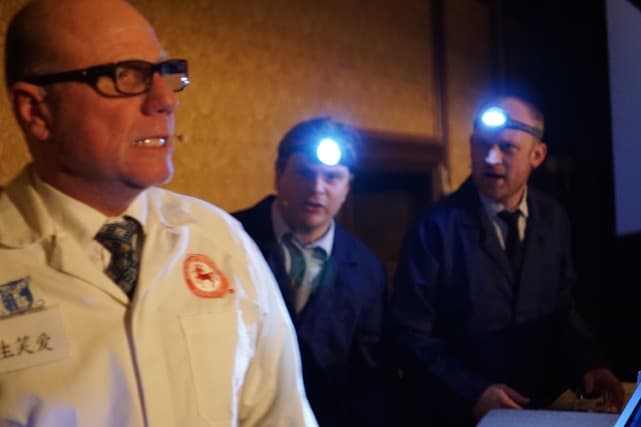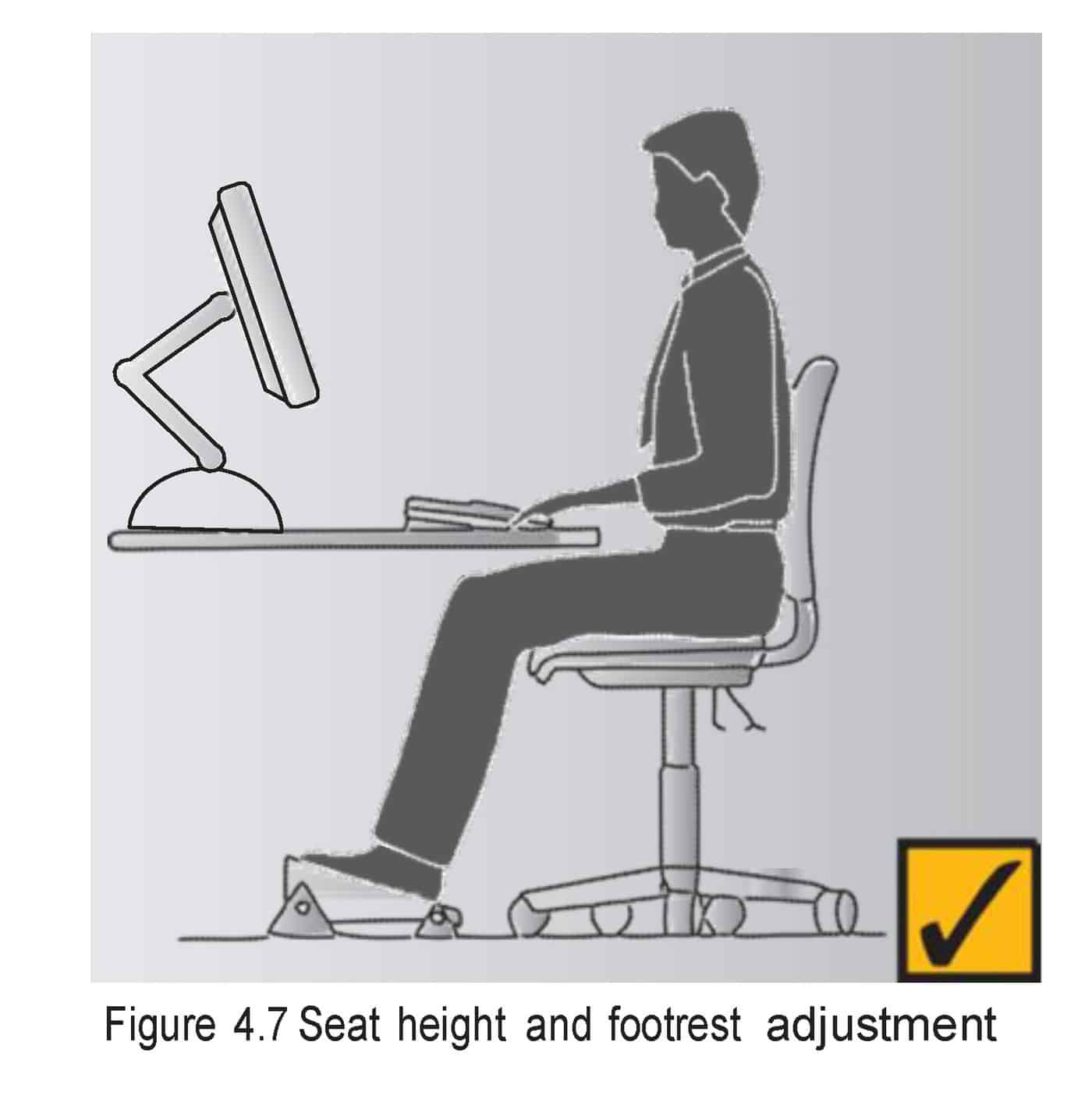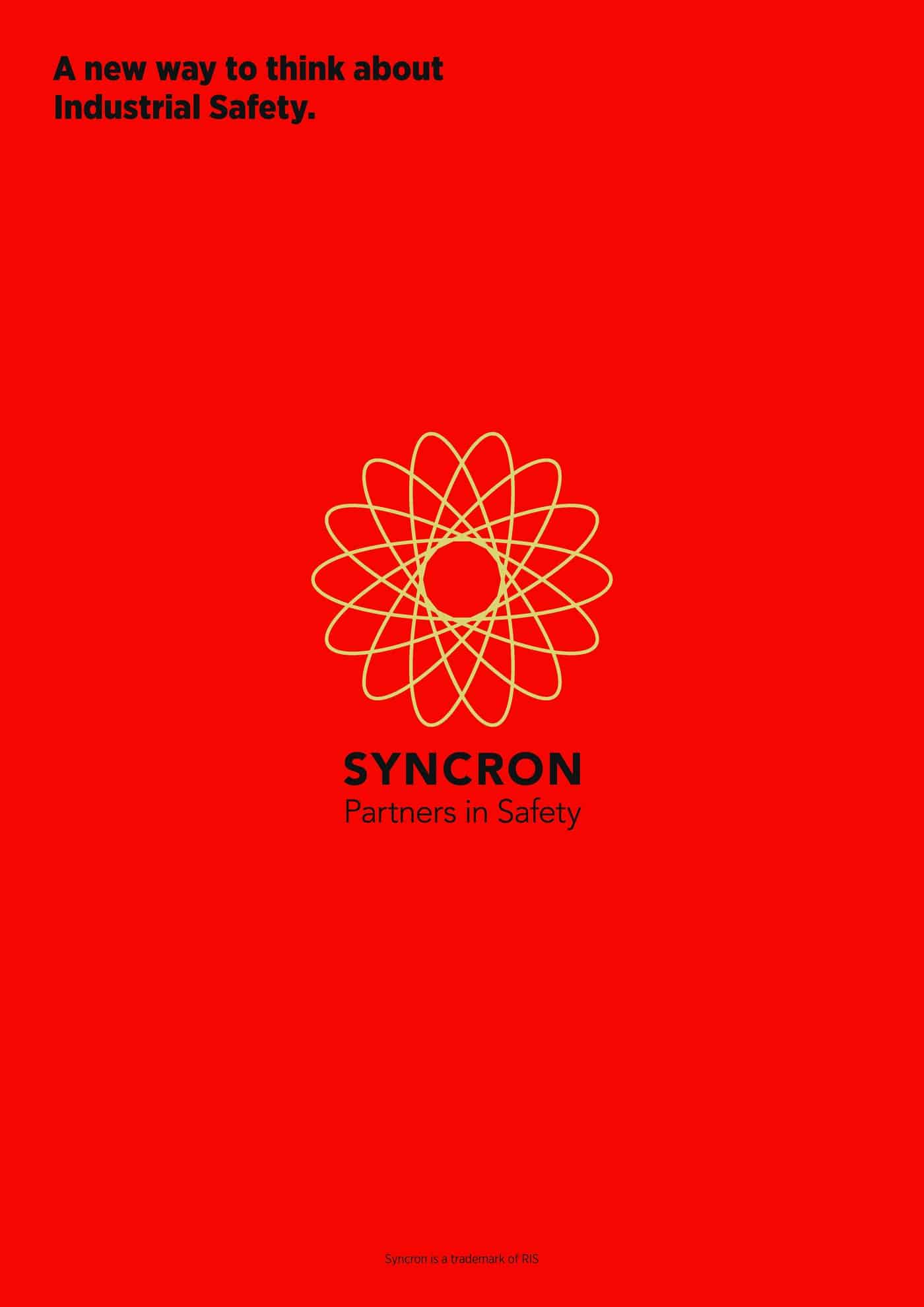 Most professionals, including occupational health and safety (OHS) professionals, support the use of stories or narratives or case studies to explain complex scenarios and situations. Recently, at the ProSafe 2015 conference in Melbourne, acting and theatrical skills were used to illustrate the humanity behind the nuclear disaster of Fukushima.
Most professionals, including occupational health and safety (OHS) professionals, support the use of stories or narratives or case studies to explain complex scenarios and situations. Recently, at the ProSafe 2015 conference in Melbourne, acting and theatrical skills were used to illustrate the humanity behind the nuclear disaster of Fukushima.
To the uninitiated this may sound like quantitative risk assessment of underground mining being explained through interpretative dance by bandicoots, but the actors in the Fukushima disaster scenario were captivating and the power of theatre, even in this small-scale and on a conference podium, was powerful, stimulating and engaging. And with a

 A diagram of safe posture at modern workstations has become iconic but it has also become a symbol of ergonomic misunderstanding. There are assumptions behind the angular figure about the way modern workers work, the equipment used and the tasks undertaken.
A diagram of safe posture at modern workstations has become iconic but it has also become a symbol of ergonomic misunderstanding. There are assumptions behind the angular figure about the way modern workers work, the equipment used and the tasks undertaken. LinkedIn is a useful adjunct to the social media of Facebook, MySpace and many other incarnations. The professional network is a terrific idea but it has several problems – one is misuse or misunderstanding LinkedIn’s function, the other is the ridiculousness of Endorsements. Given that LinkedIn is as popular in the OHS profession as in any other, the problems, as I see them, are worth discussing.
LinkedIn is a useful adjunct to the social media of Facebook, MySpace and many other incarnations. The professional network is a terrific idea but it has several problems – one is misuse or misunderstanding LinkedIn’s function, the other is the ridiculousness of Endorsements. Given that LinkedIn is as popular in the OHS profession as in any other, the problems, as I see them, are worth discussing.